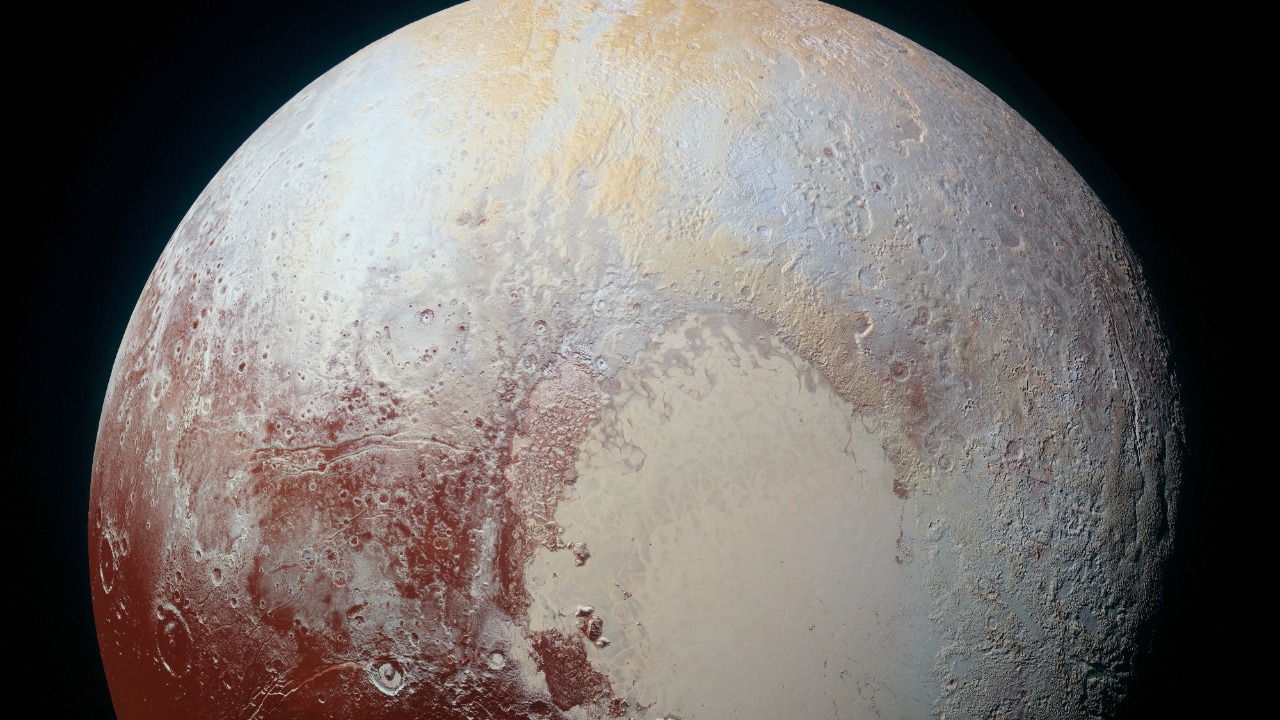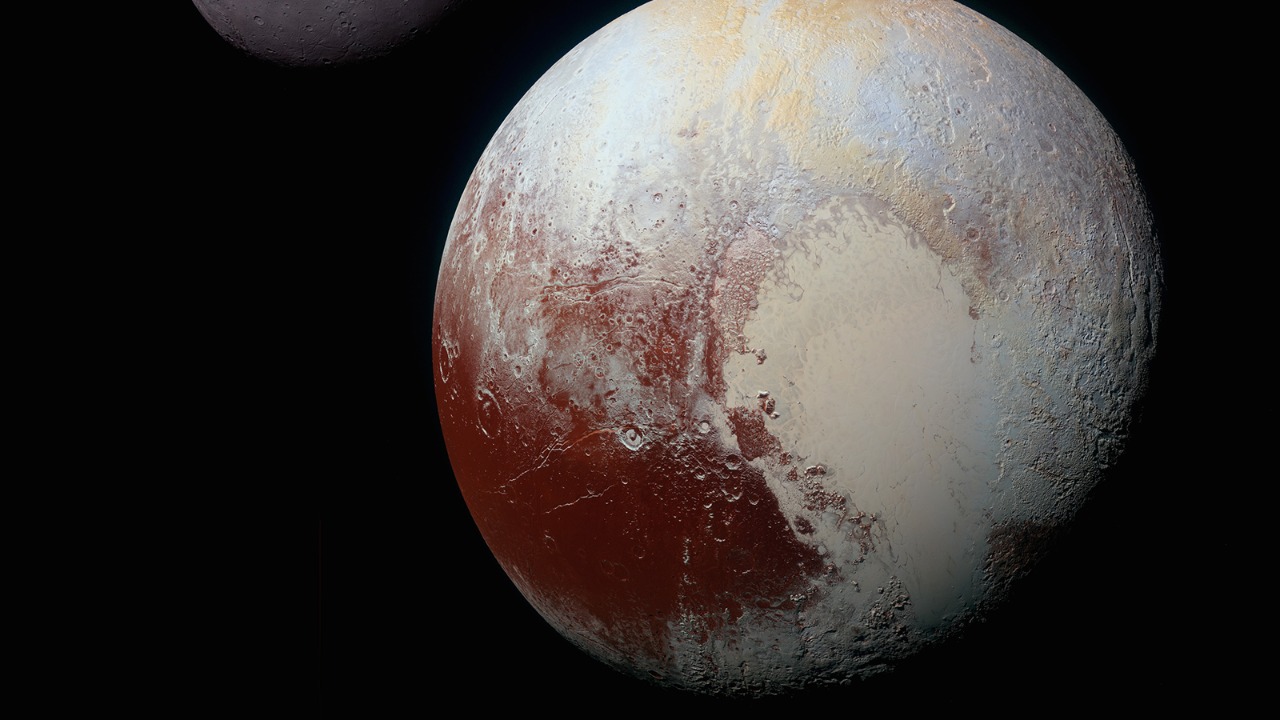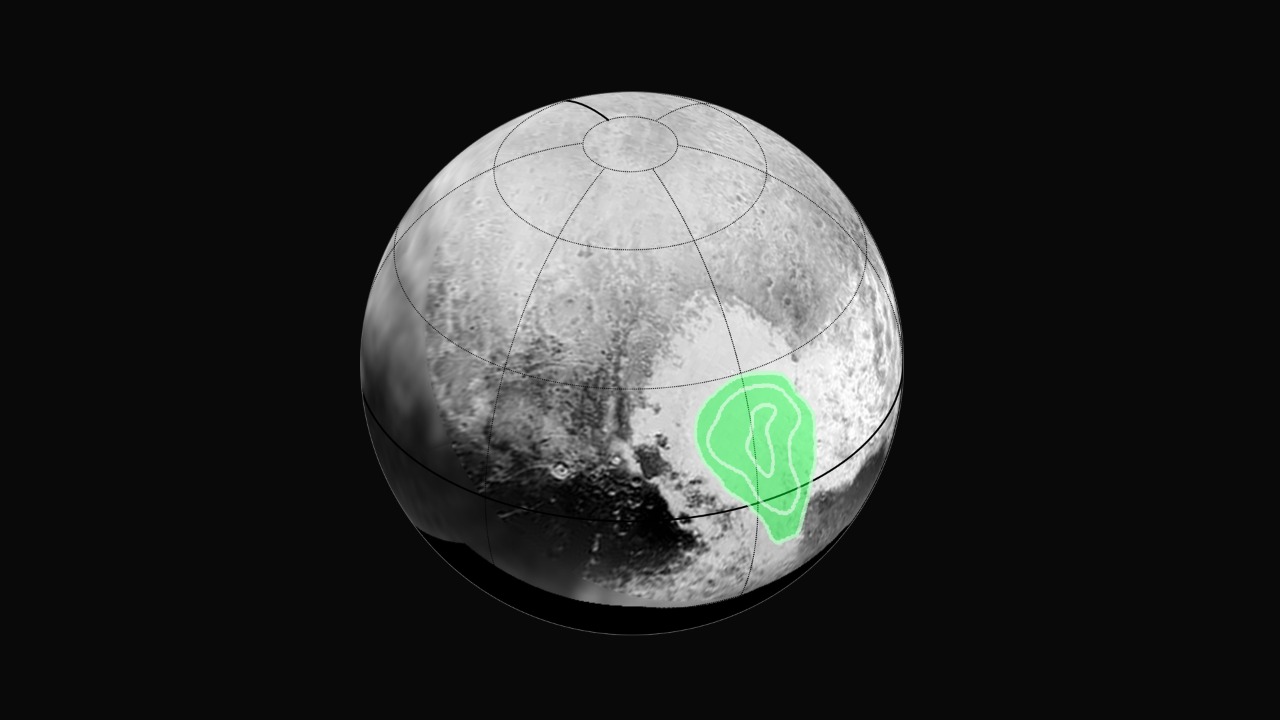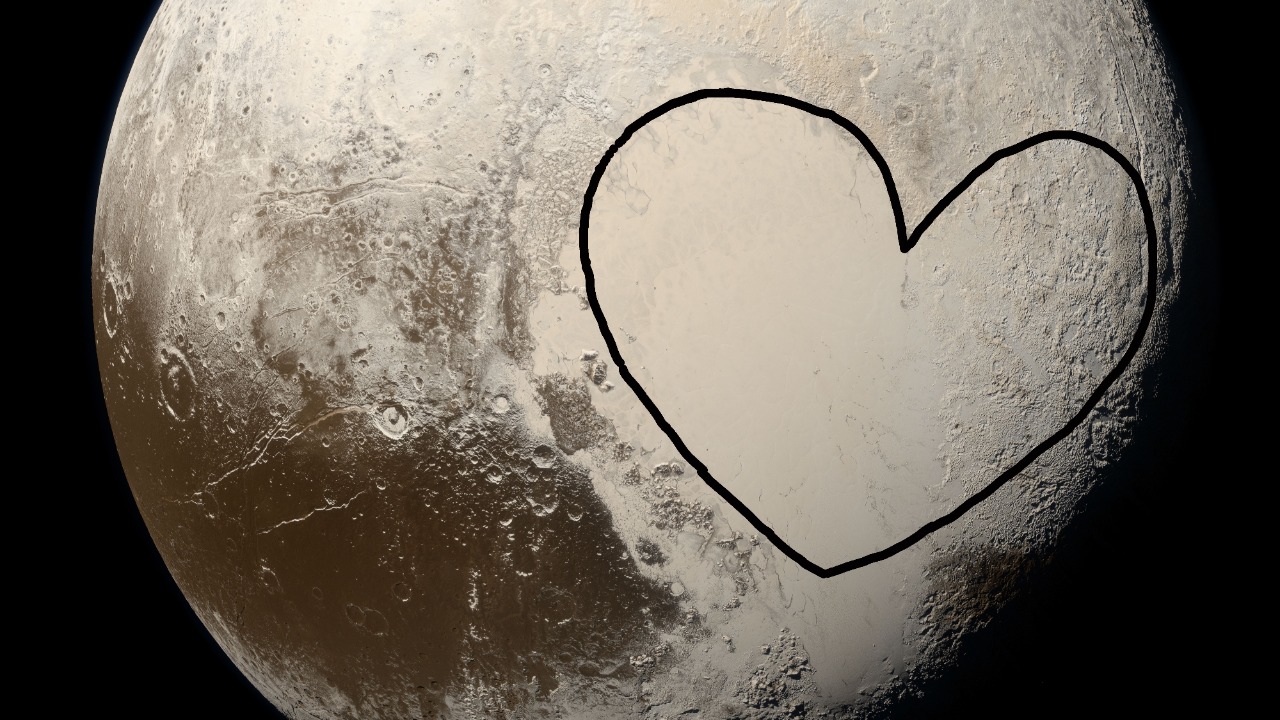
Pluto’s heart-shaped feature, known as Tombaugh Regio, has captivated scientists and the public alike since its discovery. This striking geological formation offers insights into the unique characteristics and history of the dwarf planet. Understanding the origins and implications of this heart-shaped region is essential for unraveling Pluto’s mysteries.
The Discovery of Pluto’s Heart

The New Horizons Mission marked a pivotal moment in space exploration, as it provided the first close-up images of Pluto in 2015. This NASA mission, which took nearly a decade to reach Pluto, revealed a world far more diverse and complex than previously imagined. Among its most intriguing findings was the discovery of the heart-shaped feature on Pluto’s surface, which instantly captured the world’s imagination and sparked a renewed interest in the dwarf planet.
Initial observations of this heart-shaped region, known as Tombaugh Regio, generated significant excitement within the scientific community. The feature was first identified through high-resolution images sent back by New Horizons, showcasing a bright, heart-shaped area standing out against Pluto’s darker terrain. These observations quickly became a focal point of study, as researchers sought to understand the composition and formation of this unique geological structure.
Geological Characteristics of Tombaugh Regio

Tombaugh Regio is characterized by its striking composition and structure. The region is primarily made up of vast, icy plains that are composed of nitrogen, methane, and carbon monoxide ices. These volatile ices play a crucial role in the region’s appearance and dynamics. Surrounding the plains are rugged highlands, further contributing to the complexity of this surface feature. The interplay between these different geological components provides insight into the processes shaping Pluto’s surface.
Impact craters and tectonic activity have also left their mark on Tombaugh Regio. The presence of impact craters suggests a history of collisions with other celestial bodies, while evidence of tectonics points to internal geological processes that have shaped the region over time. These features offer clues about the evolutionary history of Pluto and the forces that have influenced its surface.
Theories on the Formation of the Heart

One leading theory regarding the formation of Tombaugh Regio is the impact basin hypothesis. According to this theory, a massive impact event created a large basin that was later filled with volatile ices, resulting in the heart-shaped appearance we see today. This hypothesis is supported by the composition of the region and the presence of impact craters, which align with the idea of a significant collision shaping the landscape.
Alternative theories also exist, offering different perspectives on the formation of Pluto’s heart. Some scientists propose that cryovolcanism—volcanic activity involving the eruption of volatile substances such as water, ammonia, or methane—could have contributed to the creation of Tombaugh Regio. Others suggest that internal heat sources, perhaps from the decay of radioactive elements, might play a role in maintaining the region’s distinctive features. These alternative theories highlight the complexity of planetary formation processes and the need for further exploration to fully understand Pluto’s heart.
Pluto’s Heart and Atmospheric Dynamics

Tombaugh Regio’s influence extends beyond its geological characteristics, playing a significant role in Pluto’s climate and weather patterns. The region’s vast icy plains have a substantial impact on Pluto’s atmosphere, affecting seasonal changes and atmospheric circulation. As the ices within Tombaugh Regio undergo sublimation and deposition, they contribute to the dynamic exchange of materials between the surface and atmosphere, leading to variations in atmospheric pressure and temperature.
The processes of sublimation and deposition are crucial in shaping Pluto’s surface and atmosphere. During warmer periods, the ices in Tombaugh Regio sublimate, turning directly from a solid to a gas. This gas then circulates in Pluto’s thin atmosphere before eventually redepositing onto the surface as temperatures drop. These cycles of sublimation and deposition not only affect the landscape of Tombaugh Regio but also have broader implications for understanding the climatic dynamics of icy bodies in the outer solar system.
The Significance of Pluto’s Heart in Planetary Science

Studying Pluto’s heart provides valuable insights into the evolution of icy bodies in the outer solar system. By examining the composition, structure, and dynamics of Tombaugh Regio, scientists can gain a better understanding of the processes that shape planetary surfaces and atmospheres. This knowledge is crucial for constructing models of planetary evolution and for comparing Pluto’s characteristics with those of other celestial bodies, such as the moons of Jupiter and Saturn.
The significance of Tombaugh Regio extends to future exploration efforts as well. As researchers continue to study Pluto, the data gathered from Tombaugh Regio will guide the planning of future missions to Pluto and similar celestial bodies. The region’s unique features and dynamic processes highlight the need for continued exploration and research to unravel the mysteries of this distant world. Understanding Pluto’s heart not only advances our knowledge of the dwarf planet but also enriches our understanding of the solar system as a whole.
The heart-shaped feature on Pluto, Tombaugh Regio, remains a focus of scientific inquiry and public fascination. As we continue to explore and study this distant world, the insights gained from Tombaugh Regio will undoubtedly contribute to our broader understanding of planetary science and the intricate processes that govern the evolution of celestial bodies in our solar system.